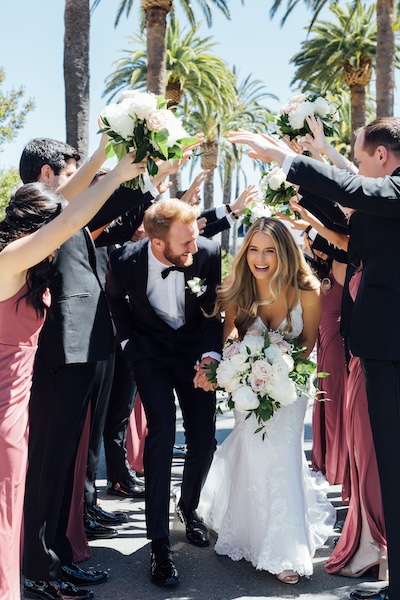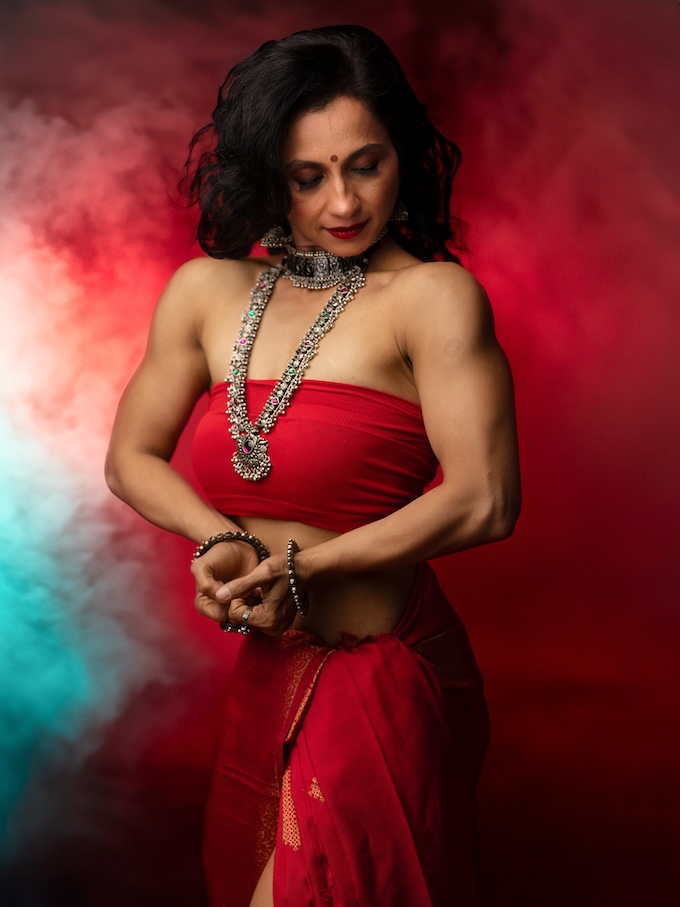Business + Marketing
UPDATED 3/17/23
Picture this: You’re hired by a large studio to photograph an important event but the name photographer who owns the studio signed the contract and gets the accolades and credit. The question for you becomes, who owns the copyright to the images—the studio or you? The answer of second shooter authorship depends on two important doctrines in the world of copyright: work for hire and joint authorship.
WORK FOR HIRE
This occurs when one person or legal entity, such as a corporation or organization, hires another person or entity to make a creative work with the intent that the hiring party will own the copyright, rather than the artist. Therefore the hiring party, not the artist, will be able to license, exploit or sell the copyright.
This happens in two ways: The first occurs when the artist is an employee of the hiring party and part of his or her job is to make creative works, such as an artist working for Disney, or a software engineer employed by Microsoft, or a photographer employed by a photography studio. In such a case, all copyrighted works made by an employee or groups of employees in the course of their duties are owned by their employer. This is why large movie studios such as Warner Bros. own the copyright to their films, and not the hundreds of individual people who worked together to create it.
The second way is when the artist is a freelancer, or an independent contractor, and he or she is hired to create one (or a specific number) of works. In that case, the hiring party is only the author if there is a specific, written agreement that says so. Remember, a work for hire must be made with the mutual intent that the hiring party will own the copyright.
When the artist is a full-time employee, that intent is implicit in their employment. When the artist is freelance, the law needs proof of that intent in a written document. Unless there is such an agreement, the photographer (and not the hiring party) owns the copyright to the photographs. In many cases, a studio (the hiring party, in many cases) who contracts out a photography job may not own the copyrights to the images of the independent contractor and, therefore, will have no control over what the contracted photographer can do with those images. Such a situation can create problems between the studio and the contracted photographer.
SECOND SHOOTER AUTHORSHIP OR JOINT AUTHORSHIP
The person who creates a work—whether it be a photograph, painting, book or movie—is the author, and the author (at least initially) owns the copyright. But what happens when more than one person is involved in creating a work? It seems obvious that the author of a photograph is the person who pressed the shutter button, but what if several people coordinate to design a set or style a model? What if an artist wanted to take pictures of him or herself and hired a stranger simply to click the shutter?
Authorship is not always easy to determine, but it is vastly important nonetheless. The author owns the copyright, and only he or she can use it: to sue people who copy or otherwise infringe his or her work, to license his or her work to publishers, and most importantly, to sell his or her copyright itself. But what happens in complex situations when there are multiple potential authors? How do we know who the copyright holder is then?
The good news is that joint authorship doesn’t just magically happen when you work with others. Two or more people must work together to create one work.The majority of the time, a professional photographer (even if hired by a studio) is often using their own skill and expertise to capture a specific moment without the aid of any other photographer. Therefore, second shooters would not be considered “joint authors” of images that they captured because no other person contributed to the taking of the photograph. However, if it’s unclear who was intended to receive the copyright—or if the collaborators never made a decision or came to an agreement—then the law tends to give the copyright to the “alpha” creator, or the person able to make final decisions about the publication of the work. Secondary contributors, such as lighting assistants or editors of an image, rarely get a portion of the copyright.
CONCLUSION
It is vitally important for any artist to clarify authorship before starting a project with another entity, whether it be another artist, a client or an employer. Make sure that you are able to come to an agreement—and then get it in writing—about who owns the copyright to whatever work you are creating.
Aaron M. Arce Stark is a lawyer for the artist and entrepreneur. Learn more about his law firm, Stark.Law LLC.
To read this article in the digital edition, click here.
CreativeLive Video Tutorial: The Art of Being a Second Shooter
Related Articles:
Knowing the Legalities Behind Photographing Street Art
How To Become a Standout Second Shooter





